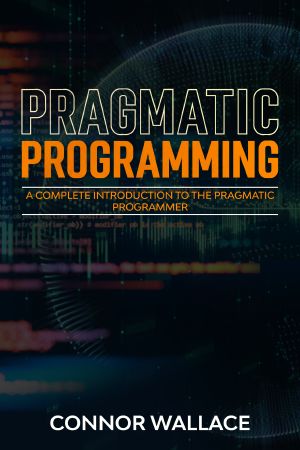Pragmatic Programming · A Complete Introduction to the Pragmatic Programmer

- Authors
- Wallace, Connor
- Date
- 2020-02-13T00:00:00+00:00
- Size
- 10.00 MB
- Lang
- en
The concept of Pragmatic Programming has become a reference term to the programmers who are looking to hone their skills. Pragmatic Programming has been designed through real case analysis based on practical market experience. We have established a set of principles and concepts throughout this book that understand the characteristics and responsibilities of a pragmatic programmer.
Although every programmer is unique and has strengths and weaknesses, some characteristics are inherent in every programmer who is said to be dedicated and responsible in his work, namely:
Quick adaptation: Instinct for techniques and technologies. Ability and interest in learning new technologies and associating learning with the knowledge already obtained.
Inquisition: Interest in obtaining clarity. Question and analyze every situation intrinsic to the given problem.
Critical Thinking: Attitude to try to understand and make sure of reason and motives before making any assumptions.
Realism: Ability to understand the real nature of a given problem so as not to idealize possible solutions, but to understand what can actually be done.
Versatility: Willingness to relate to various areas. Even as an expert, be willing to learn and acquire a generic range of knowledge.
To become a pragmatic programmer, you need to think about what you are doing while you are doing it. It is not enough to do an isolated audit to get positive results, but to make it a habit to make a constant critical assessment of every decision you have made or intend to make. In other words, it is necessary to turn off the autopilot and to be present and aware of every action taken, to be constantly thinking and criticizing your work based on the principles of pragmatism.
Throughout nine chapters, the book deals with several principles on how to improve your attitude as a programmer. This book is aimed at students and developers who have previously had a first experience with programming and who wish to move to the Pragmatic Programming (PP) in order to design, create, and develop agile software/applications.